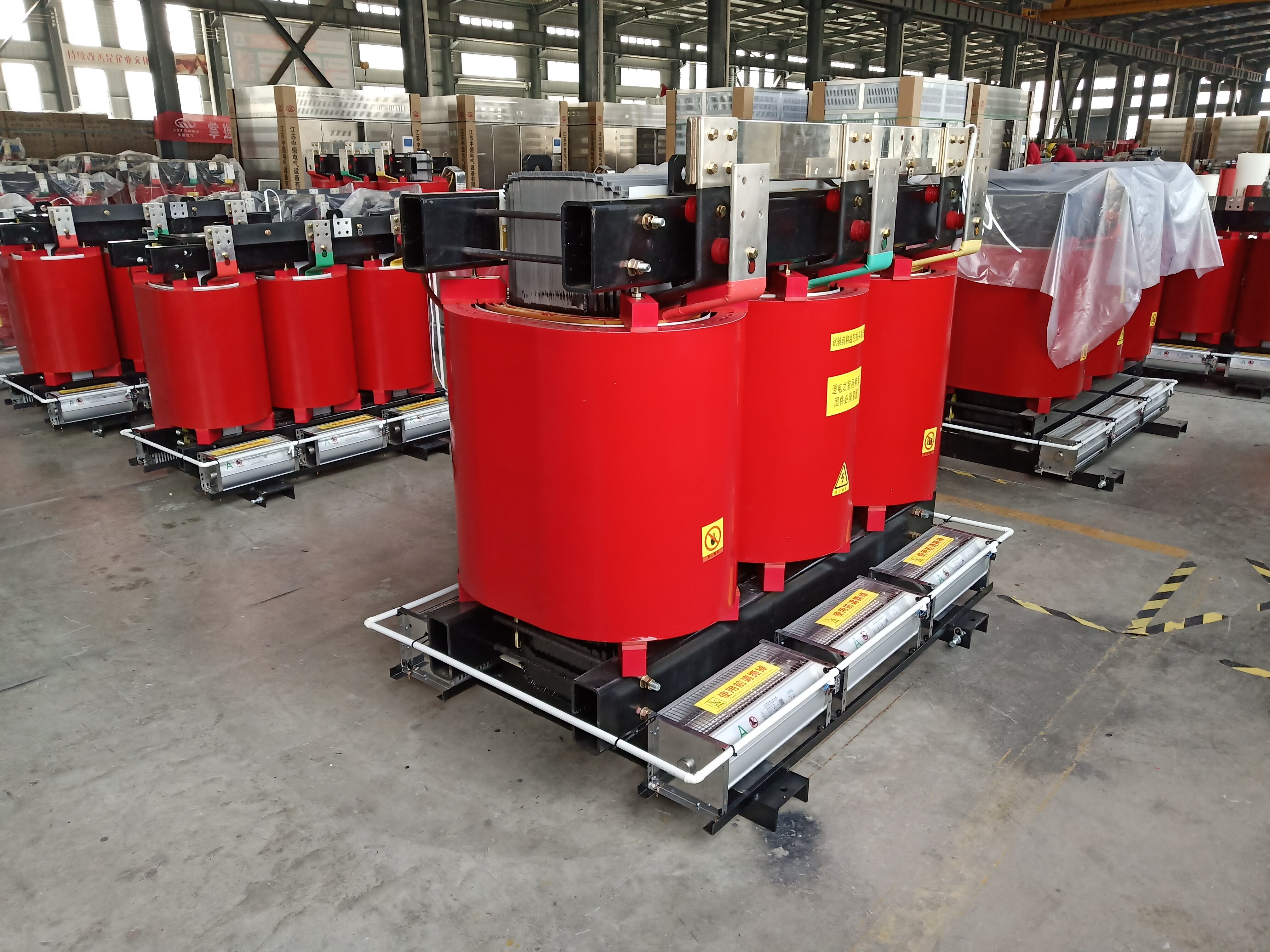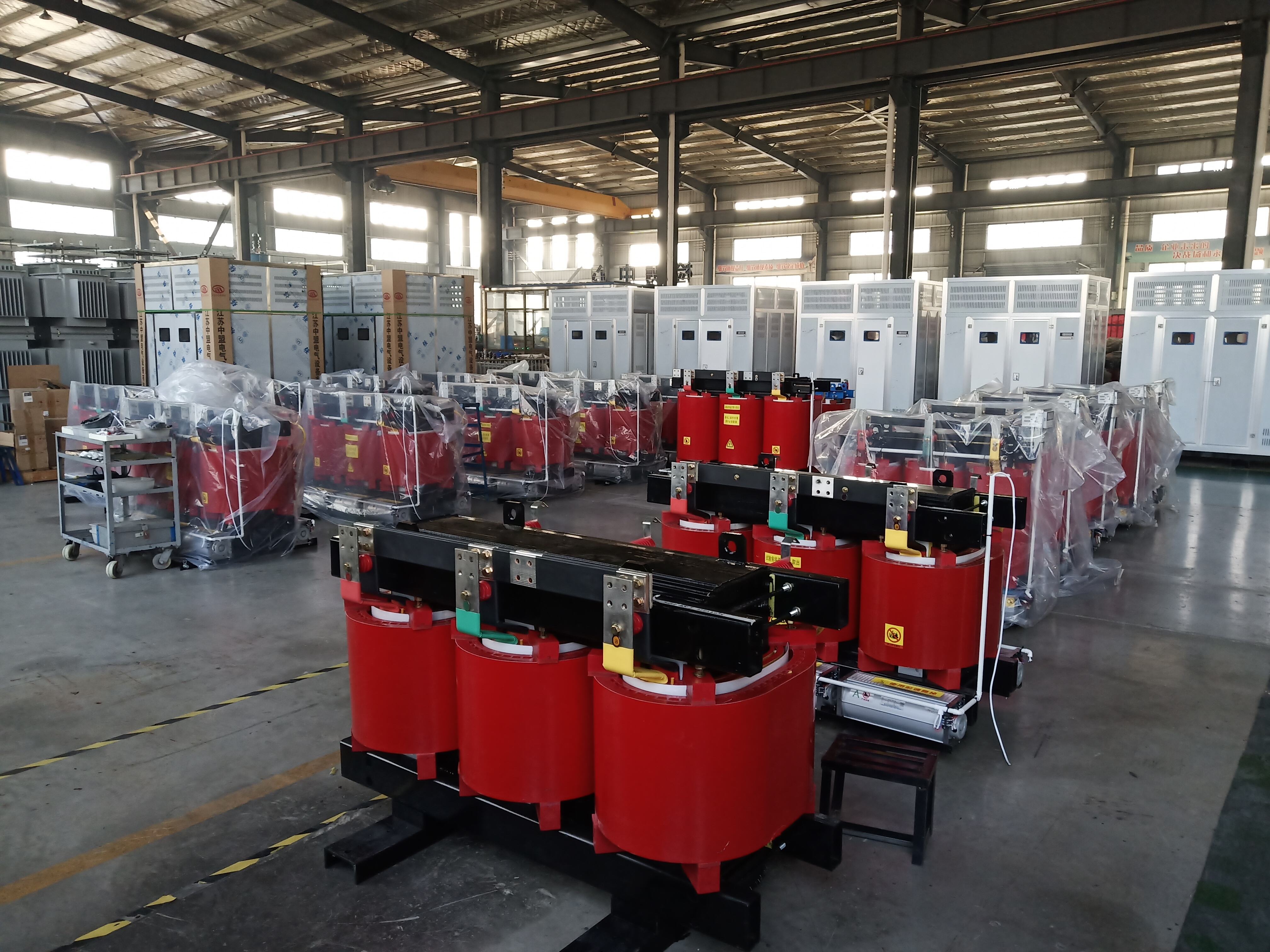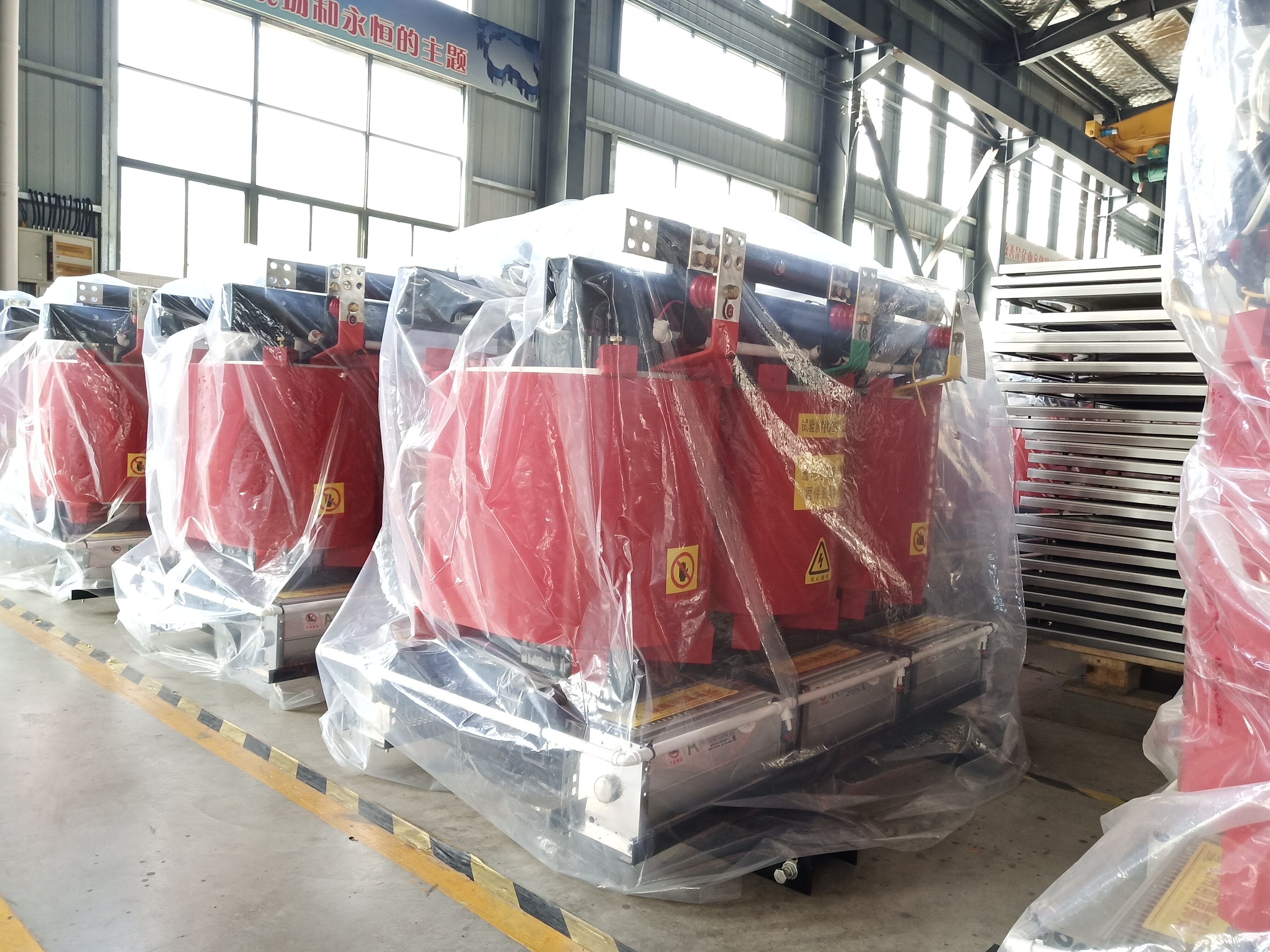dry transformer price
Dry transformer prices represent a significant consideration in industrial and commercial power distribution systems. These transformers, operating without liquid coolants, offer a cost-effective solution for voltage transformation needs. The pricing structure typically reflects various factors, including power rating, voltage class, and manufacturing quality. Modern dry transformers incorporate advanced materials like cast resin and premium-grade conductors, which influence their market value. Prices generally range from $5,000 to $100,000, depending on capacity and specifications. The cost consideration extends beyond the initial purchase, encompassing installation, maintenance, and operational efficiency. Manufacturers often provide competitive pricing options while maintaining high-quality standards and safety certifications. The market shows price variations based on features such as temperature monitoring systems, tap changers, and environmental protection ratings. Understanding dry transformer pricing requires evaluating long-term benefits, including reduced maintenance costs and enhanced safety features, against initial investment.


